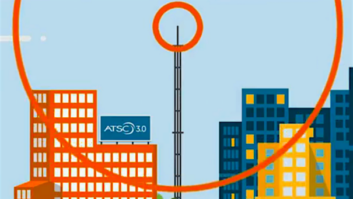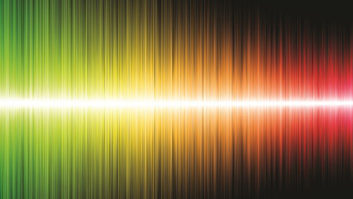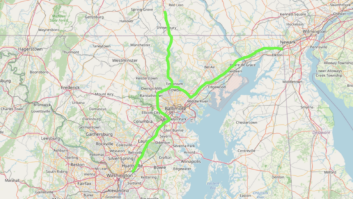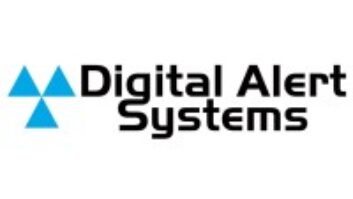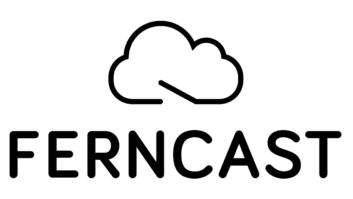
This article originally appeared in TV Technology.
Regulators are trying to circumvent potential problems with LTE-U, a version of the cellular transmission standard intended for unlicensed use. The issue emerged from proceedings to accommodate new technologies for the 3.5 and 5 GHz bands. The Federal Communications Commission released a fact-finding notice in May on LTE-U and LAA, or Licensed Assisted Access, which enables LTE-U to operate on a licensed frequency, but on an unlicensed basis.
“We observe that the impact of LTE-U and LAA on unlicensed operations and technologies such as Wi-Fi would be quite different in each band — the 3.5 GHz band is generally newly available spectrum while the 5 GHz bands are already heavily used by Wi-Fi and other unlicensed devices,” the notice said.
The commission noted that the standards bodies for wireless and Wi-Fi have formed an LTE-U Forum, but they nonetheless have a “limited historical working relationship given their different backgrounds and scopes.” The FCC consequently threw out some questions of its own on how to integrate LTE-U into spectrum used for Wi-Fi, and near C Band satellite transponder frequencies used for program distribution by both broadcasters and cable operators.
The notice asked for feedback on how many flavors of LTE-U are in development, and how they relate and when they will become available. It also asked when standards for both technologies will be completed, and how the various standards bodies are working together. Other queries cover interference testing, frequencies targeted for deployment and whether or not existing devices can be software-upgraded to implement LTE-U and LAA.
According to the May issue of Policy Tracker, “preparations for the technologies have focused on the unlicensed 5 GHz band [so far] but recent reports have suggested that some U.S. telcos are considering deploying it in the 3.5 GHz band that will soon be shared with the U.S. military.”
The FCC designated 3.5 GHz the “innovation band” in a Further Notice of Proposed Rulemaking that also establishes a “citizens broadband service” in the spectrum. The LTE-U docket evolved out of this FNPRM, which specifies three tiers of access — incumbent, priority and general authorized. LTE-U would be considered a general authorized access service, and could not interfere with incumbent or priority users. A Spectrum Access System based on the white space database model would govern interference in the band.
This is of some concern in the broadcast transmission community, in part because of the problems with the white-space database model, and in part because the citizens broadband service could extend to 3.7 GHz, where C Band frequencies begins. Univision, CBS, The CW, Fox, ION, ESPN, Comcast and PBS are among C Band occupants using the spectrum for program distribution. The proposal includes protections for C-band operations, but “there is concern they aren’t enough,” said one RF engineer.
The LTE-U Notice, released on May 5, does not mention C Band operations, and has generated only four responses so far. One is from Leigh M. Chinitz, a Wellesley, Mass., inventor who is listed on several Motorola patents according to the Google patent database. Chinitz urges the FCC to forget the type of technology and focus on preventing overcrowding of unlicensed frequencies.
Gary Snyder, a self-described “radio energy design engineer” in Phoenix, told the FCC that LTE-U didn’t belong on private Wi-Fi without permission. Brian Santo of Portland, Ore., sent an article from CED Magazine entitled, “LTE-U — Wi-Fi Spectrum Grab?”
Finally CTIA — The Wireless Association told the FCC to chill during a May 26 meeting.
“CTIA emphasized the importance of the commission maintaining its policy of technological neutrality, which will allow industry to innovate and evolve broadband services to best serve wireless consumers,” the lobby said in its filing describing the meeting.
Comments are due on the docket, No. 15-105, June 11. Reply comments are due June 26.





